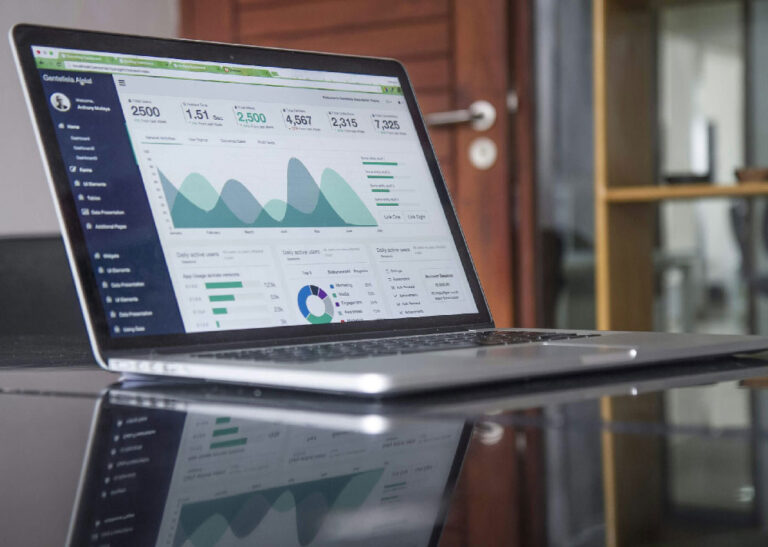
Introduction
Healthcare is a complex environment where clear communication is essential for patient safety and effective treatment. For Deaf and Hard of Hearing individuals, sign language interpretation is the key to unlocking full access to healthcare services. This article explores the critical role of Sign language interpretation in healthcare settings, the challenges faced by Deaf patients and providers, and the solutions that ensure equitable care.
Breaking Communication Barriers in Healthcare
Effective communication between patients and healthcare providers influences diagnosis accuracy, treatment adherence, and overall patient satisfaction. Deaf individuals without access to professional interpreters often rely on incomplete or ineffective communication methods like lip-reading or written notes, which can lead to misunderstandings and dangerous errors.
Professional interpreters transform complex medical information, symptoms, and treatment plans into accessible sign language, ensuring that Deaf patients fully understand their health status and options. This role bridges the gap, enhancing safety and patient confidence.
How Interpreters Enhance Healthcare Experiences
By enabling Deaf patients to communicate directly with providers, professional interpreters increase health literacy and reduce errors. Patients better understand medication plans, follow-up appointments, and lifestyle recommendations.
Studies show that Deaf patients with access to sign language interpreters are more likely to adhere to treatment plans and attend follow-up care, leading to improved health outcomes.
Advances in Healthcare Interpretation Technology
Video Remote Interpreting (VRI) technologies allow immediate access to certified interpreters in healthcare facilities. VRI enhances flexibility and coverage, especially in rural or underserved areas.
AI and avatar-based sign language translation tools are emerging, offering supplemental resources, though professional interpreters remain essential for sensitive and complex interactions.
Integration of Deaf Culture in Medical Settings
Understanding Deaf culture enhances communication effectiveness. Interpreters and providers aware of Deaf patients’ cultural experiences avoid miscommunication and foster trust. Signs and phrases sensitive to cultural contexts improve patient comfort and collaboration.
Conclusion
Professional sign language interpretation in healthcare is critical for safe, effective, and respectful treatment of Deaf individuals. It fulfills legal, ethical, and human rights obligations while improving patient outcomes. TransLinguist offers expert healthcare interpretation services tailored to meet evolving healthcare needs, ensuring that communication barriers no longer limit access to quality care.


